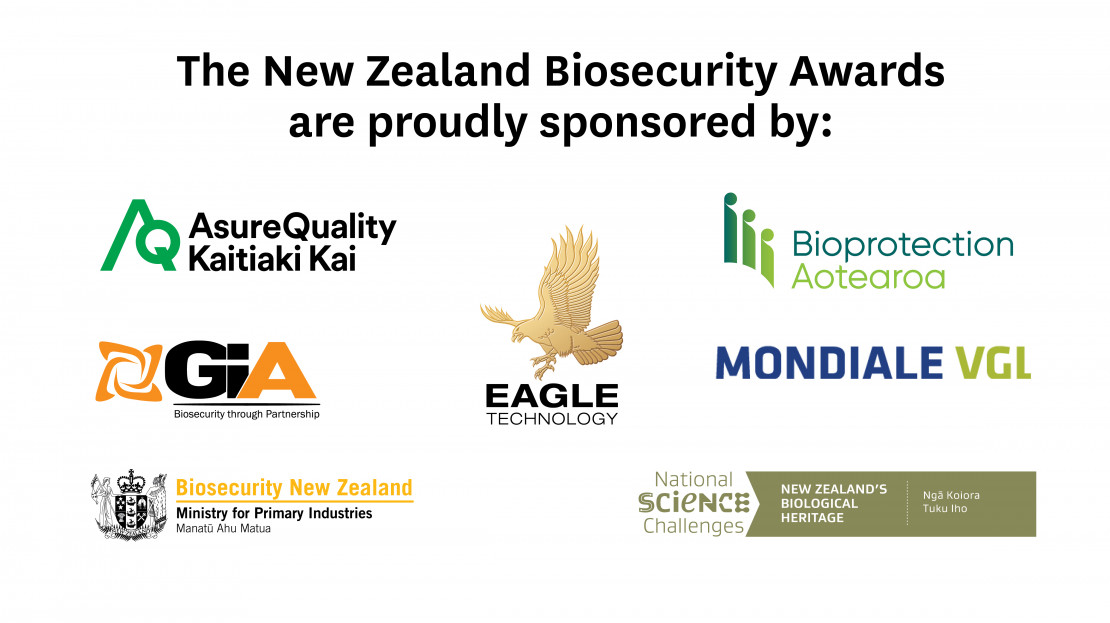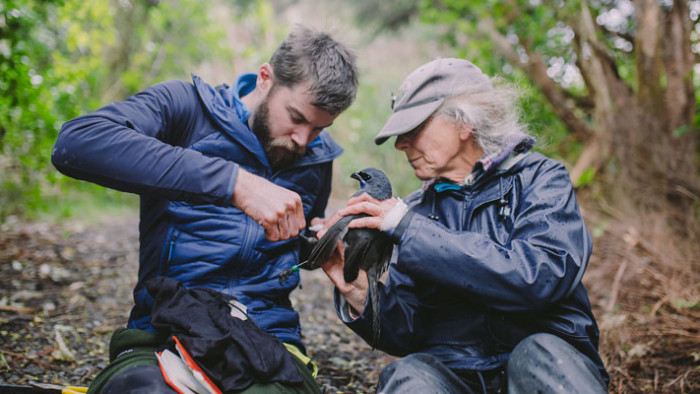2021 Biosecurity Awards finalists and winners
2021 New Zealand Biosecurity Awards Winners
We are delighted to announce the Biosecurity Awards winners for 2021 - our biosecurity champions!
New Zealand Biosecurity Supreme Award
Winner: Xerra Earth Observation Institute - Starboard
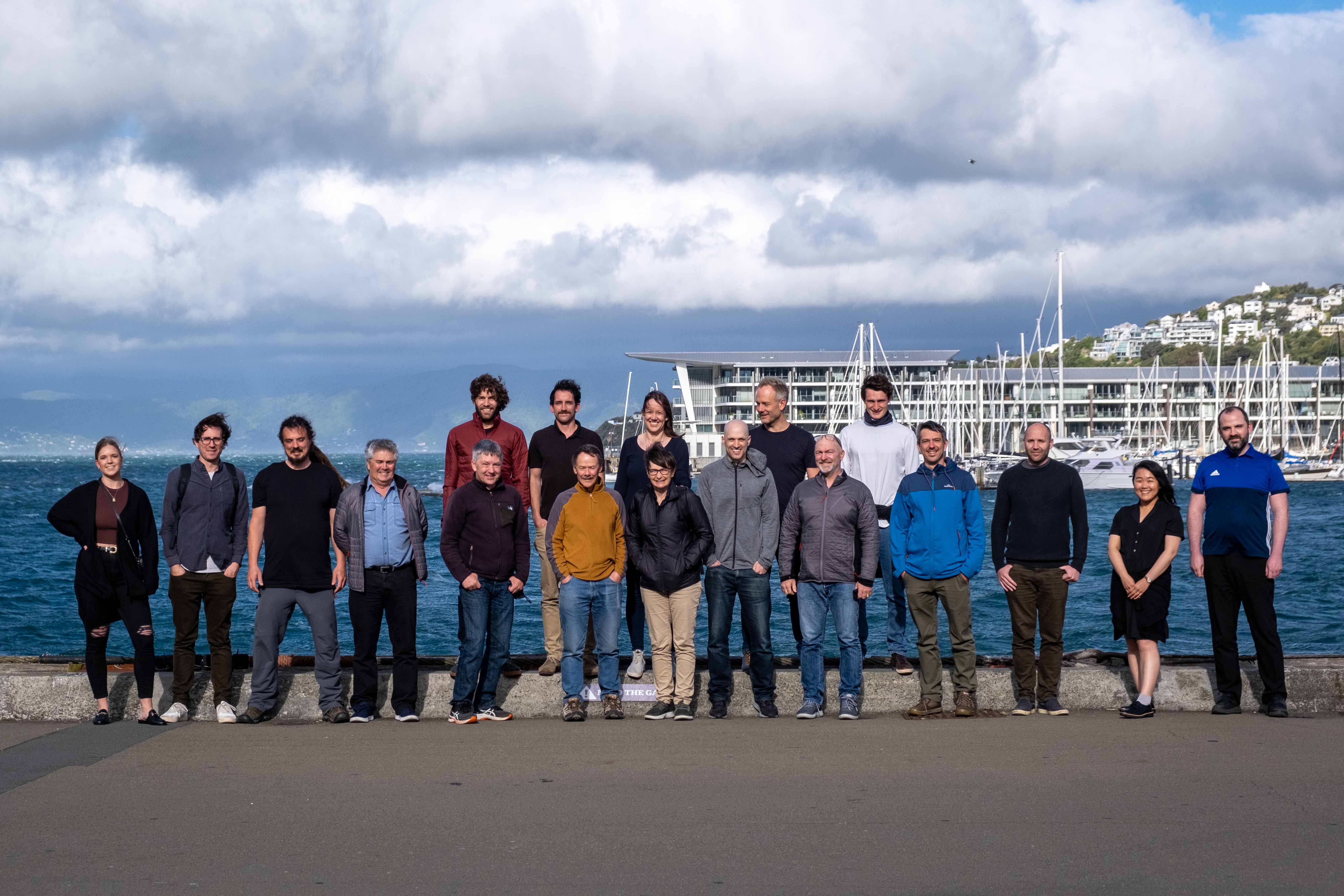
Vessels arriving from international waters are vectors of exotic pests, disease agents and unwanted organisms. Xerra Earth Observation Institute’s Starboard tool is a maritime intelligence project which is able to detect hitchhiker pests. Starboard can assess the biosecurity risk of every ship or boat entering Aotearoa based on their vessel movements and port visits in the last 12 months, game-changing for marine biosecurity.
Starboard is a database of more than 16 billion ship positions worldwide. The team realised that the risk of a vessel bringing unwanted organisms to Aotearoa is strongly related to its past journey track and characteristics of travel.
By bringing together scientists, designers, engineers and end-users they are delivering a much-needed solution and improving marine biosecurity for New Zealand.
This year’s awards recognised the project’s impact and innovativeness for biosecurity, awarding Xerra the New Zealand Biosecurity Supreme Award in addition to the GIA Industry Award and the Mondiale VGL Innovation Award.
Minister's Biosecurity Award
Winner: Peter Wilkins, for outstanding contribution to New Zealand biosecurity

With more than 45 years dedicated to biosecurity, including responding to over 80 pest incursions, Peter Wilkins exemplifies what makes our biosecurity system strong and resilient.
His biosecurity work spans a huge range of pests and pathogens (most recently at AsureQuality), including many highly successful fruit fly responses. Peter is a passionate, calm and highly experienced leader in his field of pest eradication and response management and is a very worthy recipient of the Minister’s Biosecurity Award winner for 2021.
BioHeritage Challenge Community Award
Winner: Eastern Whio Link

Eastern Whio Link (EWL) is a project led by hapū, hunters, fishers and farmers that is helping to bring native species back from the brink of extinction through predator control and mahinga kai (protection of natural resources).
The project was started in the Upper Waioeka Catchment on New Zealand’s East Cape in 2020 by a small group of volunteers and has quickly gathered momentum. EWL has developed partnerships with seven educational organisations and there are now over 80 active volunteers.
EWL has established biosecurity for Whio and Kiwi through a large landscape trapping programme.
Finalist: Pest Free Howick Ward
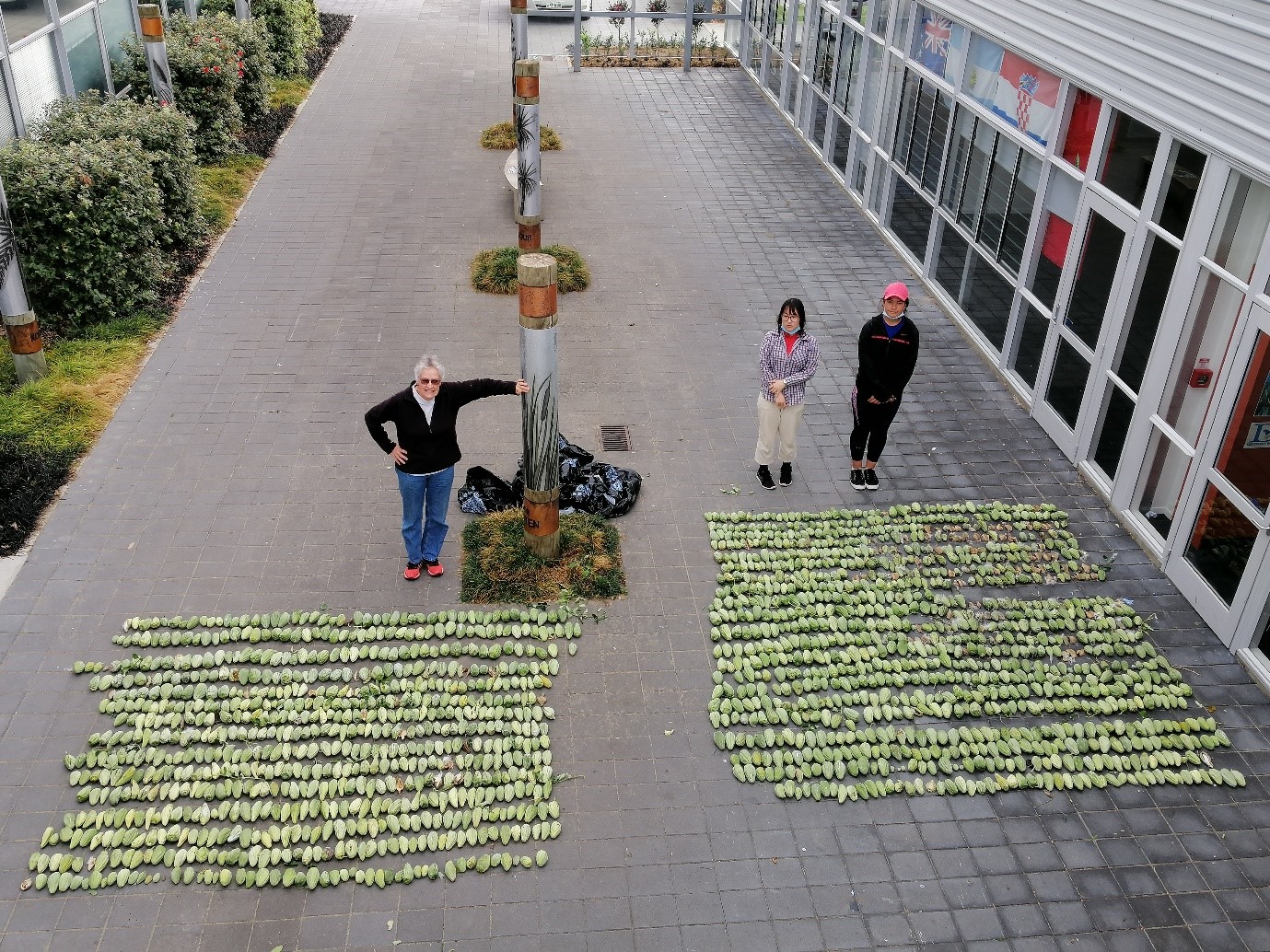
Pest Free Howick Ward is a project aiming to free the entire Howick Ward from animal and plant pests.
Working with the public, schools, pre-schools, iwi and community groups, the team provides educational resources, restoration support and a successful school cadetship programme.
Extensive trapping and catching is bringing kaka, ruru, pīwakawaka, tūī and kererū back to New Zealand’s fifth largest urban area, with local school children planting nearly 40,000 native plants since early 2020.
Finalist: Te Roroa – Te Toa Whenua

Te Toa Whenua (TTW) is an initiative by Te Roroa iwi in Northland to transform 900 hectares of Treaty settlement lands from exotic forestry to sustainable land uses.
The project involves intensive pest plant and pest animal management and indigenous reforestation, and represents an opportunity for Te Roroa, partners and the community to actively exercise tangata whenuatanga.
Māori Award
Winner: Te Roroa – Te Toa Whenua

Te Toa Whenua (TTW) is an initiative by Te Roroa iwi for the ecological restoration of land returned to them as part of the Treaty of Waitangi settlement process. It aims to restore 900 hectares in the Waipoua Valley in Northland from exotic forestry to a mosaic of sustainable land uses..
The project involves intensive pest plant and pest animal management and indigenous reforestation.
The project represents an opportunity for Te Roroa, partners and the community to actively exercise tangata whenuatanga.
Finalist: Toi Moana/Bay of Plenty Regional Council – Ruawāhia/Mount Tarawera Wilding Pine Control Project
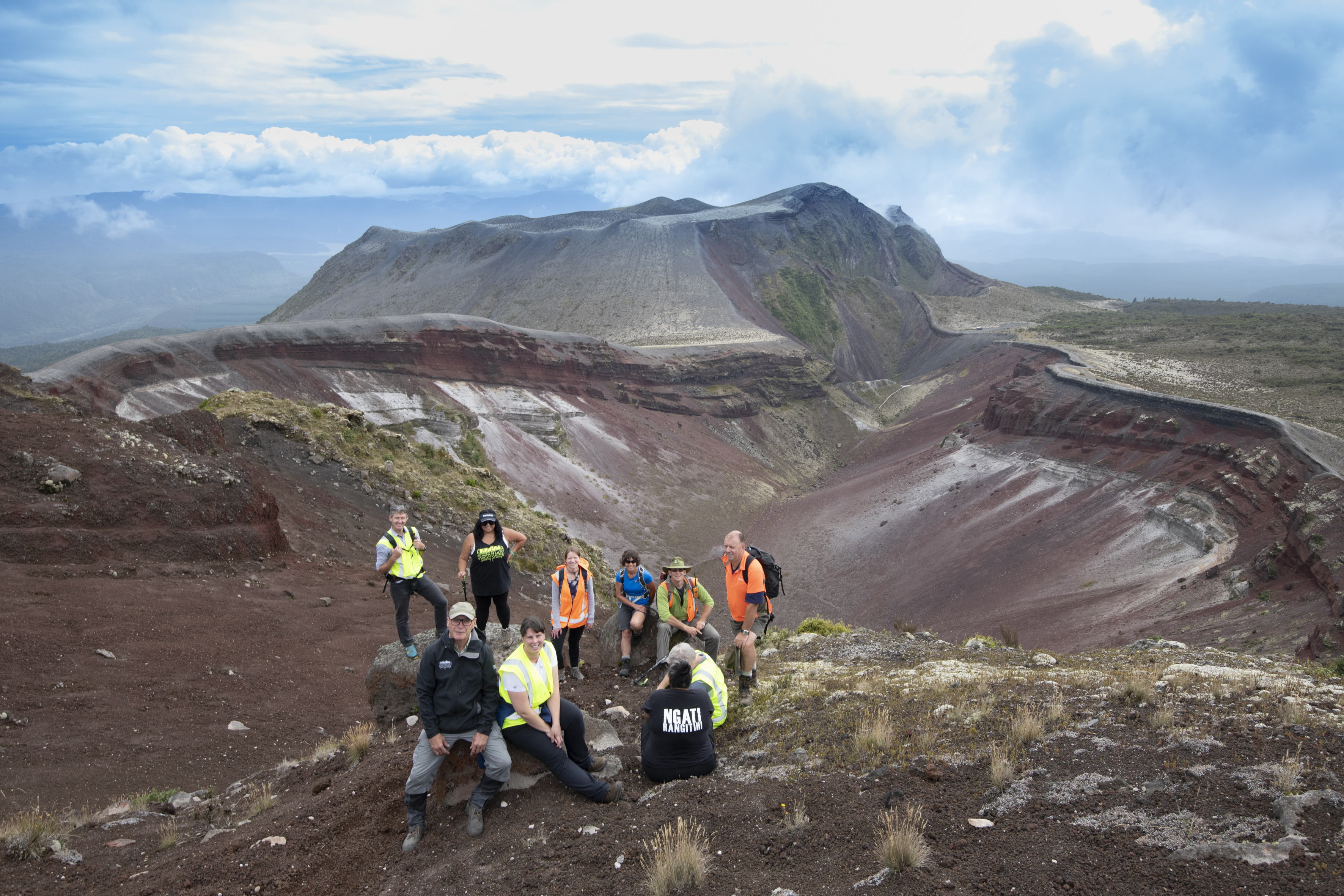
The Ruawāhia/Mount Tarawera Wilding Pine Control Project is a shining example of commitment and partnership.
Working together by removing wilding pines from Ruawāhia / Mount Tarawera, the project now employs five Ngāti Rangitihi iwi members to restore and maintain 1,897 hectares of indigenous vegetation.
The project is a partnership between Ruawāhia 2B Trust, Bay of Plenty Regional Council, Department of Conservation, and the Ministry for Primary Industries to eradicate wilding pines from Ruawāhia / Mount Tarawera in the Bay of Plenty.
Finalist: Manaaki Te Awanui – Kei Hea nga Papaka project
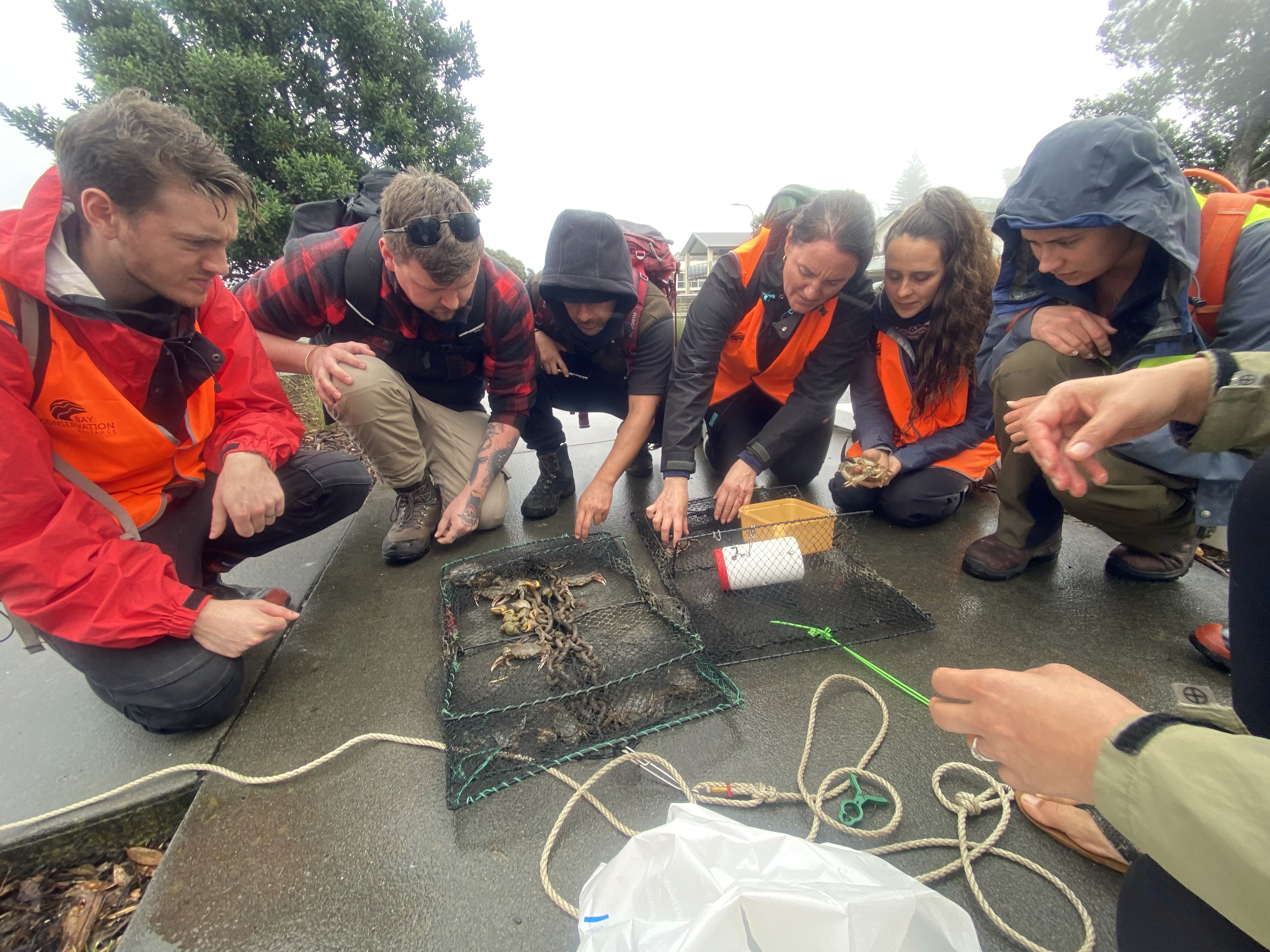
Kei Hea nga Papaka is a marine biosecurity project grounded in matauranga Māori principles to support whānau and hapū kaitiaki in Tauranga.
The groups work together to improve best practice methods for marine pest crab surveillance.
It has connected kaitiaki from Tauranga Moana, Patuharakeke, Ngāti Kuri as well as researchers from Auckland and Waikato University, the Bay of Plenty Regional Council, NIWA and Manaaki Te Awanui.
Kura (School) Award
Winner: Lynmore Primary School – Lynmore Hunga Tiaki
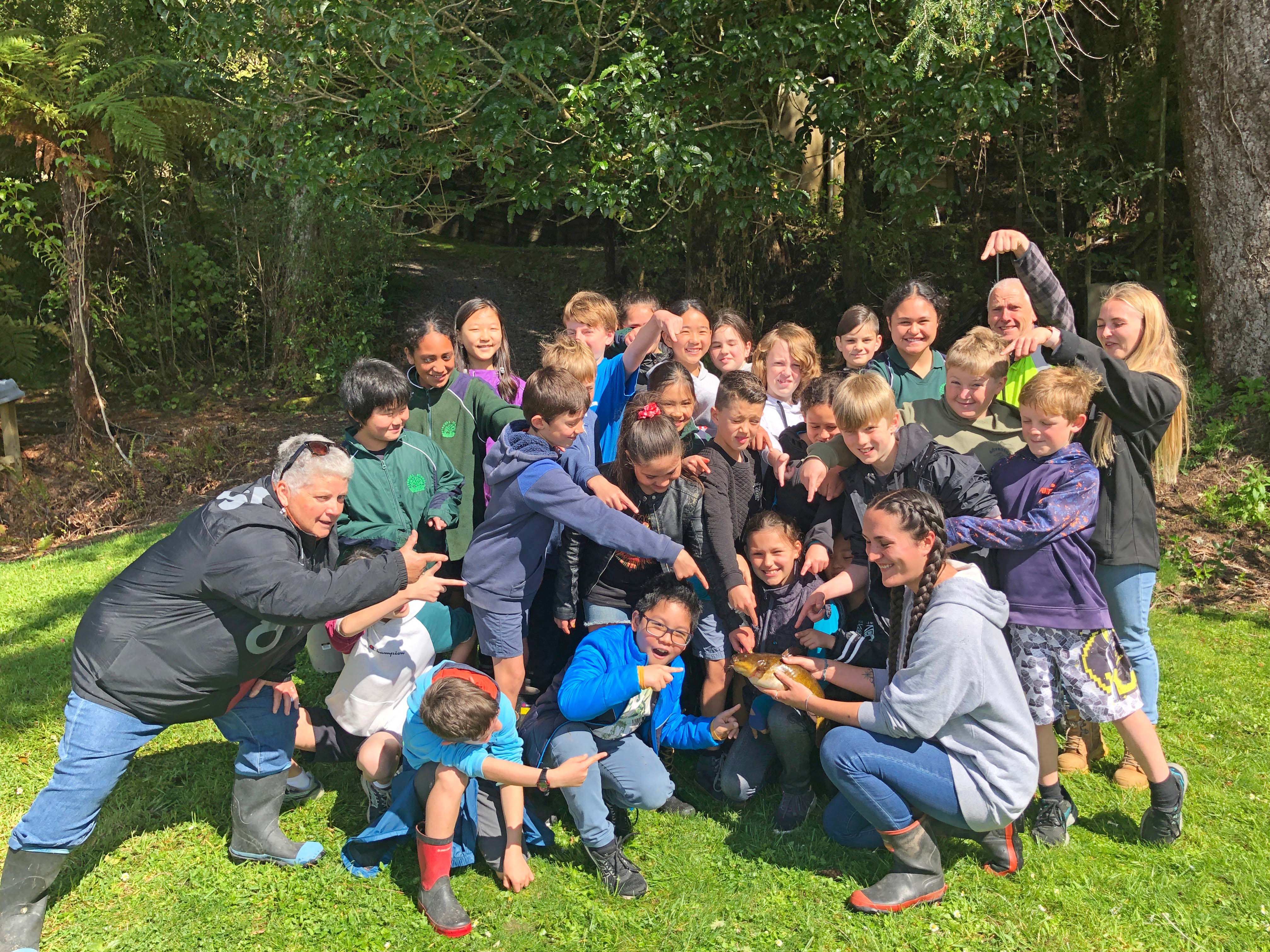
Student-led action has been at the heart of Lynmore Primary School’s biosecurity activities. Their predator trapping journey started six years ago when a parent of a child offered them a DOC200 trap to catch rats in the school’s native bush area.
Six years on from setting this one trap, students have built and given out over 300 traps to people in their local community; provided and helped maintain traplines on Mokoia Island bird sanctuary; and students themselves maintain two traplines in Whakarewarewa Forest and one in their school grounds. They work closely alongside Te Arawa Lakes Trust on catfishing projects in Lake Rotorua and Lake Rotoiti and have netted and removed thousands of catfish from these lakes.
Finalist: Halfmoon Bay School – Halfmoon Bay School Biosecurity Champions
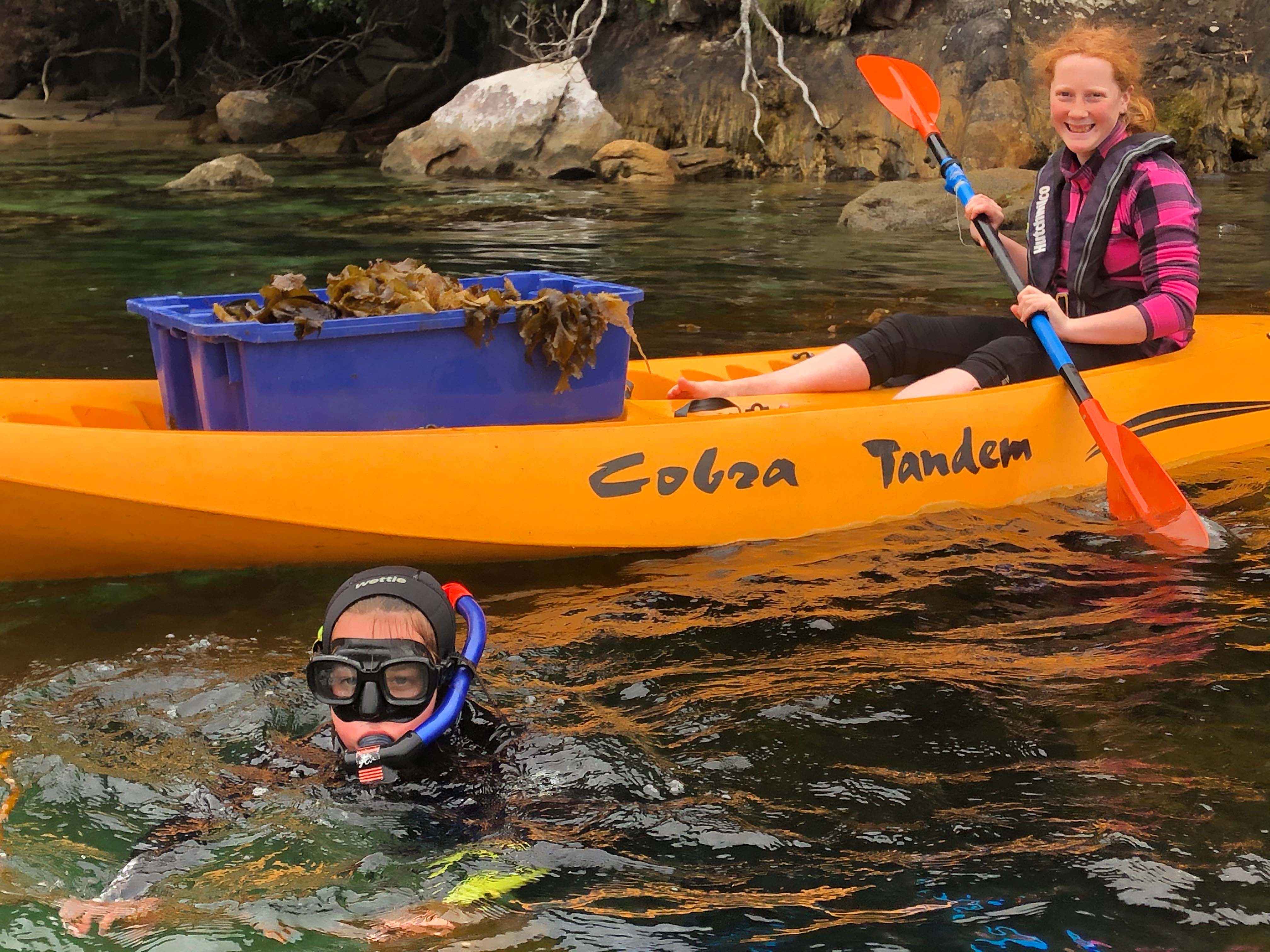
Halfmoon Bay School / Te Kura o Rakiura is New Zealand’s southernmost kura. Despite being a small, remote school, it is leading the way in teaching students that their environment is not only their playground, but also their classroom.
They have been teaching other school children around Aotearoa about Ulva Island. The island, which sits just off Stewart Island / Rakiura, has been pest free since 1997, and is open for visitors to see healthy populations of kiwi, saddleback, and yellowhead birds.
This has included an educational video called Tiakina Te Wharawhara, hosting schools to Ulva Island as part of their Stewart Island Ambassadors programme and removing the invasive seaweed species undaria from Ulva Island.
Finalist: Howick Schools Moth Plant Competition
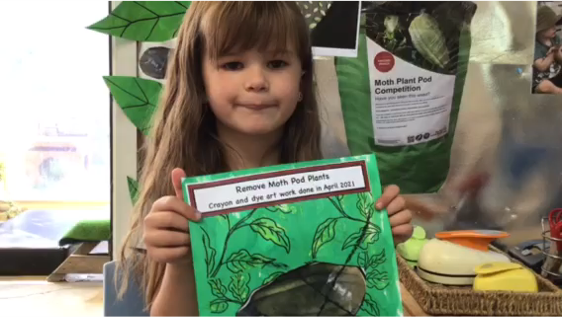
Howick Schools Moth Plant Competition has engaged and educated early childhood centres, primary, intermediate and secondary students, teachers and whanau to become committed to moth plant eradication.
Educators work collaboratively in their school learning communities gathering pods, seedlings and cutting/pasting large vines.
In total, students collected approximately 90,000 moth plant pods and seedlings which will achieve positive biosecurity outcomes for not only Howick but also the Otahuhu / Mangere, Ōtara / Papatoetoe and Orakei local board areas in Auckland.
GIA Industry Award
Winner: Xerra Earth Observation Institute - Starboard
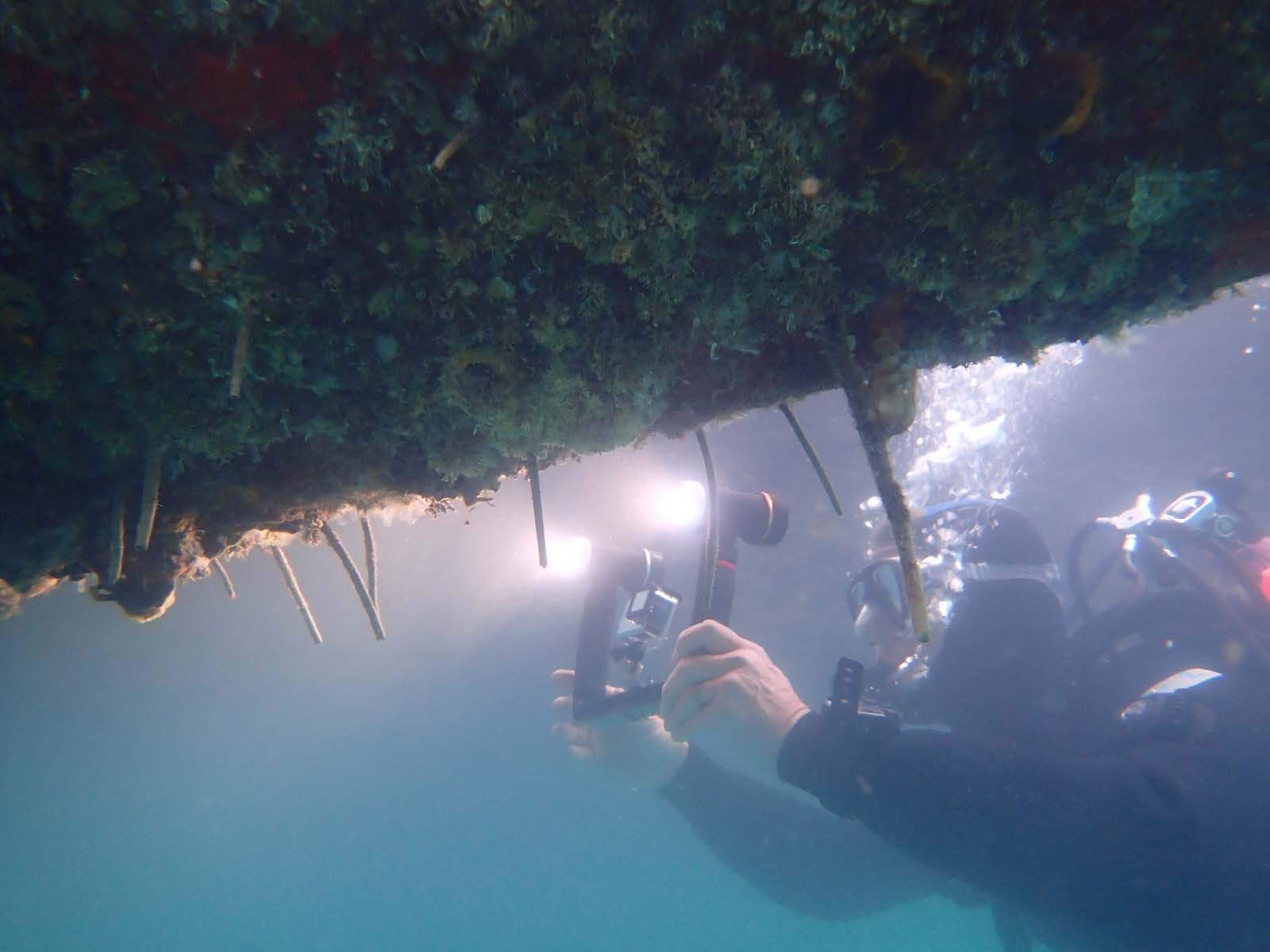
Xerra have created Starboard Maritime Intelligence to support operational and research-based marine biosecurity, a project which has not only won this category but also the Mondiale VGL Award and the coveted New Zealand Biosecurity Supreme Award for 2021.
Finalist: Auckland Airport – Creation of a biosecurity culture and team to strengthen border biosecurity

Auckland Airport has elevated biosecurity from being something that border control staff do in the passenger arrivals area to something the whole airport community understands and is involved with.
In doing so, the company has created a team of biosecurity champions among its own workers as well as the staff of airlines, ground handlers, tenants and border agencies at the Airport.
Because Auckland Airport is New Zealand’s largest international airport it is a first line of defence at New Zealand’s border. By creating a strong border the company is helping keep Aotearoa free of any new exotic pests and diseases.
Through awareness raising, training, collaboration, standard setting and creation of a biosecurity community, biosecurity is now a foundational value for the company.
Finalist: New Zealand Winegrowers – Developing biosecurity champions
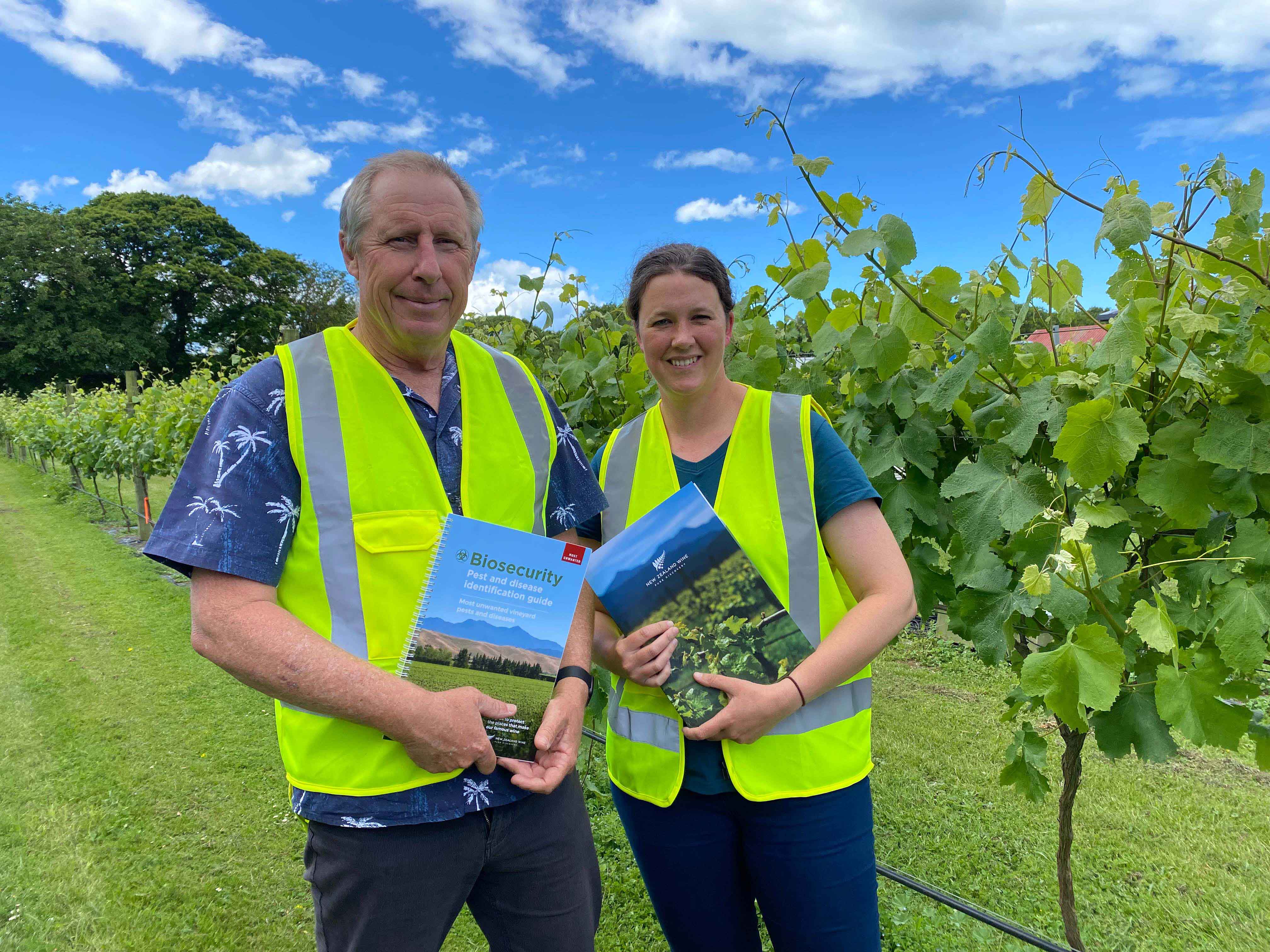
New Zealand Winegrowers is the national industry organisation representing all commercial grape growers and wineries in New Zealand. With about 2000 vineyards in New Zealand, covering more than 40,000 hectares and exporting $2 billion dollars’ worth of wine, biosecurity is crucial for the long-term sustainability and continued growth of the industry.
Their newly developed biosecurity strategy and engagement plan has set out a roadmap for the industry. Biosecurity resources and an educational programme have been designed to create awareness and make it easy for growers to undertake biosecurity planning and initiate best practices. This is embedding behaviour change and continual improvement into the industry.
New Zealand Winegrowers’ annual ‘biosecurity week’ is also promoting participation and rewarding those that go the extra mile in committing to biosecurity excellence.
Eagle Technology Local and Central Government Award
Winner: Toi Moana/Bay of Plenty Regional Council - Marine Biosecurity team

The Bay of Plenty Council Marine Biosecurity team is making a huge contribution to the surveillance and control of invasive marine pests across the upper half of the North Island.
The group delivers operational surveillance and control work for other councils and works with iwi to enable them to participate actively in marine biosecurity.
Carrying out more than 5,000 person hours of diving each year, this team have been instrumental in detecting and subsequently undertaking Mediterranean fanworm responses on behalf of Biosecurity New Zealand at five locations. They are also responsible for the detection of the new pest species Clavelina oblonga at Great Barrier Island.
Finalist: AsureQuality, MPI and Flybusters AntiAnts – National Invasive Ant Surveillance programme
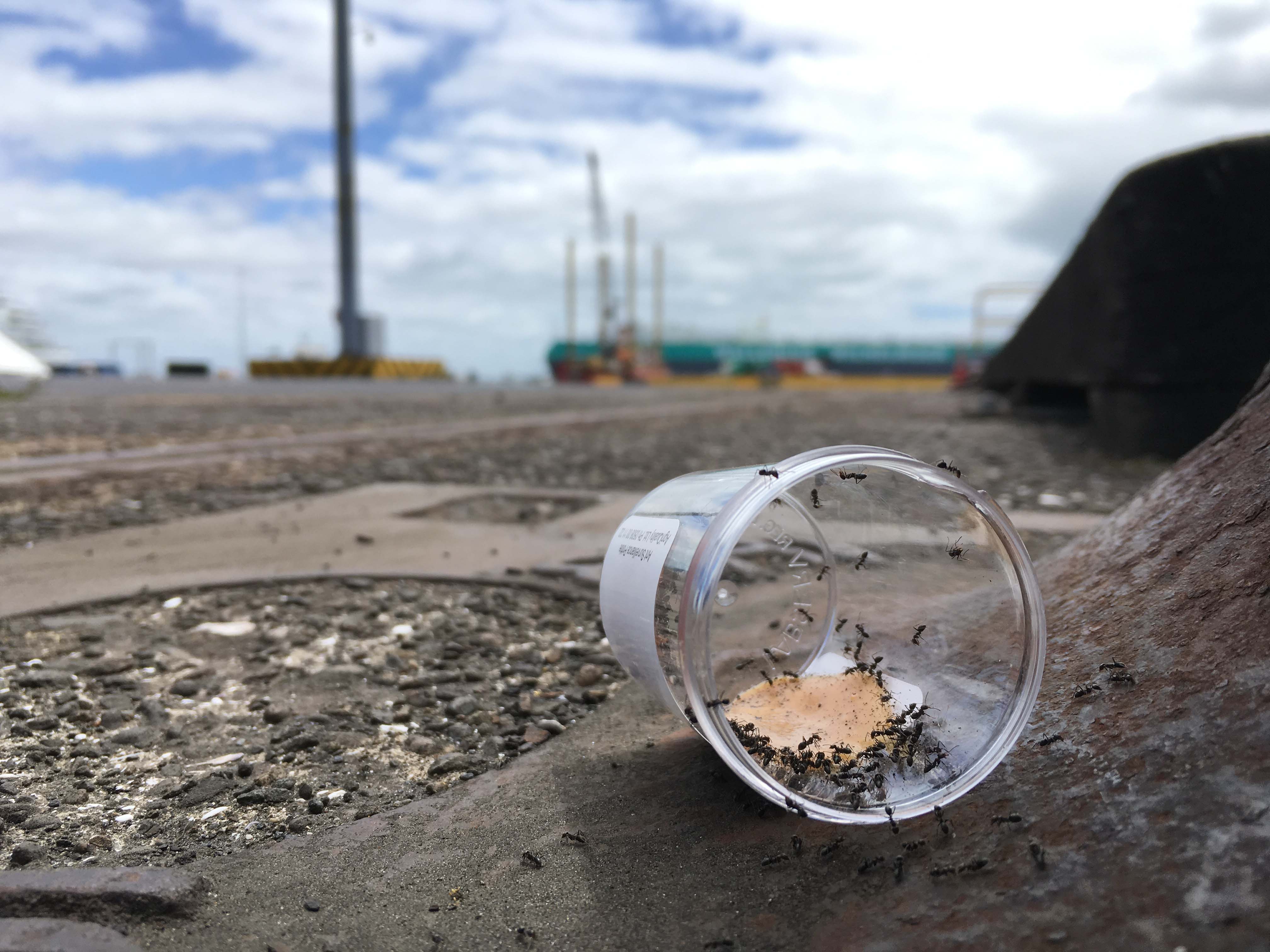
The National Invasive Ant Surveillance programme (NIAS) is a collaboration between AsureQuality, MPI and Flybusters AntiAnts to detect and prevent incursions of exotic ants into New Zealand.
This annual survey of high-risk sites for newly arrived exotic ants has developed into a pre-eminent ant surveillance system. Over 18 seasons it has detected hundreds of incursions of exotic ants that are a real threat to New Zealand’s economic, environmental, human health and kaitiakitanga Māori.
Globally, the programme has become renowned as the gold standard of biosecurity surveillance programmes for ants.
Finalist: Northland Regional Council – Project Pest Control
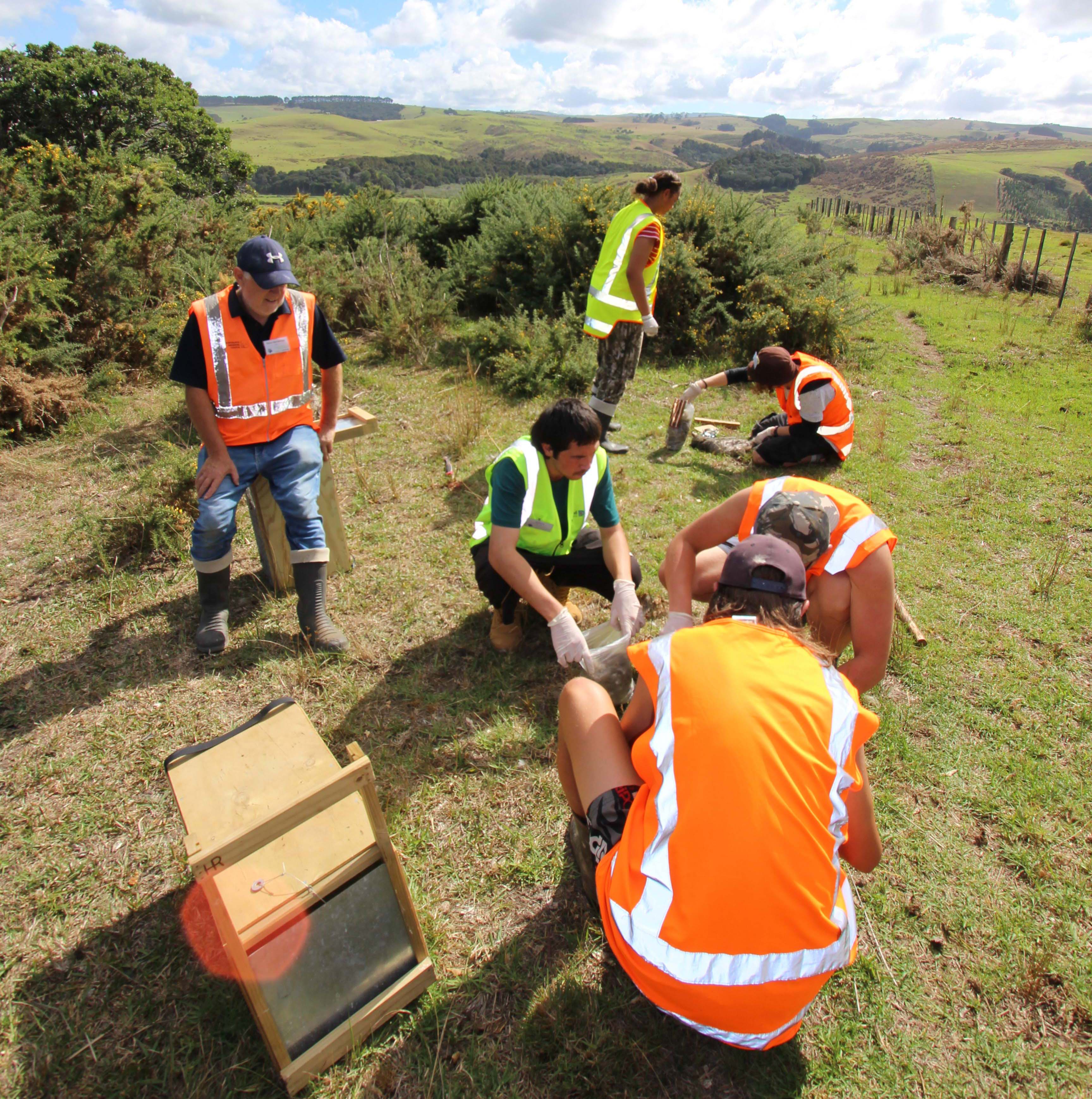
Project Pest Control is a successful secondary school educational programme to protect native species from pests, run through Northland Regional Council’s Enviroschools Programme.
More than 1,000 secondary students and accompanying teachers and whanau have gained skills and knowledge related to animal pest trapping, biology, environmental impact and enterprise.
Project Pest Control has subsidised the cost to schools of obtaining biosecurity training and qualifications, making biosecurity a highly relevant career pathway for Northland students.
Bioprotection Aotearoa Science Award
Winner: Cawthron Institute - Aquatic Animal Health Research Programme to tackle major biosecurity issues facing New Zealand

Cawthron Institute’s Aquatic Animal Health Research Programme has tackled major biosecurity issues facing New Zealand, with a focus on supporting the resilience of the aquaculture sector and enabling more informed and proactive farm health management.
This helps to prevent outbreaks of aquatic disease, which protects New Zealand’s seafood industry, human health, and marine ecosystems.
Funded through the Ministry for Business, Innovation and Employment’s Endeavour Fund, the programme objectives are to develop methods for better detection, diagnosis, prediction and management of aquatic health and disease.
Finalist: Scion – Innovation and communication in forest biosecurity

The Forest Owners Association and the Forest Industry’s Biosecurity Committee has recognised Dr Rebecca McDougal at Scion for her outstanding contribution to the protection of the plantation forest estate.
Her contributions to diagnostic technology for pathogens have greatly advanced knowledge of some of the more serious pathogens that impact radiata pine and Douglas-fir.
Dr McDougal has proven to be not only a first-class scientist but also an excellent communicator and collaborator. She has been able to communicate complex science issues to forest managers responsible for managing the health and protection of New Zealand’s forest.
Finalist: DairyNZ – Dairy Biosecurity Risk Identification and Evaluation Framework (DBRiEF)

DBRiEF is the Dairy Biosecurity Risk Evaluation Framework (DBRiEF) – a biosecurity risk assessment framework developed by DairyNZ.
The DBRiEF framework examines and ranks the risks posed by exotic pathogens, pests, and weeds on the dairy industry – this includes risks to dairy cattle, dairy pastures, and dairy crops.
The outputs can be used to inform decisions for DairyNZ activities in GIA readiness and response, support biosecurity science, technical policy, and risk communication.
DairyNZ commenced the project in 2016 in collaboration with Dr. Petra Muellner of Epi-Interactive and over the last five years have worked closely with AgResearch, Better Border Biosecurity (B3), the New Zealand veterinary profession, GIA partners (including MPI) and academic institutions to support this work.
Mondiale VGL Innovation Award
Winner: Xerra Earth Observation Institute - Starboard

Xerra have created Starboard Maritime Intelligence to support operational and research-based marine biosecurity, a project which has not only won this category but also the GIA industry Award and the coveted New Zealand Biosecurity Supreme Award for 2021.
Finalist: Cawthron Institute – Aquatic Animal Health Research Programme to tackle major biosecurity issues facing New Zealand

Cawthron’s Aquaculture Outbreak Tracking Tool (AOTT) is an example of the novel technologies produced by the Aquatic Animal Health Research Programme.
The tool was developed specifically for the Marlborough Sounds can be used to predict the location of a variety of pathogens and pests. The tool helps to assess the trajectories and probabilities of disease spread. It is used to identify important surveillance locations and areas where limiting stock movements may reduce the impact and spread of disease.
The AOTT has strengthened New Zealand’s marine epidemiological modelling capability.
Finalist: Bay of Plenty Regional Council – GeoPest
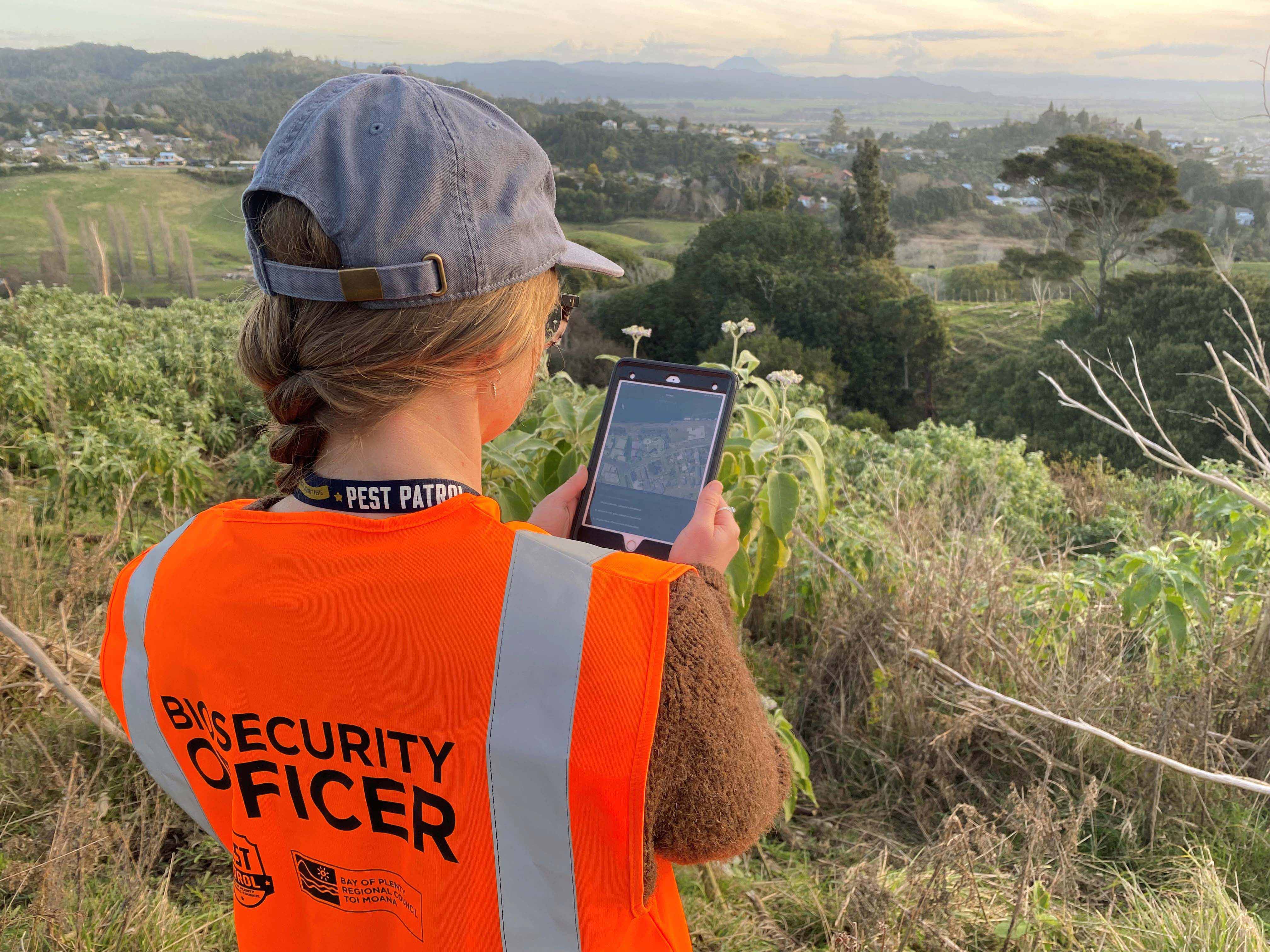
When setting out to develop GeoPest, Biosecurity staff at Bay of Plenty Regional Council had the ambition of revolutionising how crucial pest data is captured and reported.
GeoPest was built so field workers can stay out working in the field, capture and record a wide range of pest indicators and make decisions based on quality, detailed and real-time data.
Geopest provides useful insights for decision-making among biosecurity agencies across Aotearoa.
In GeoPest’s first six months, field workers across the region have surveyed 1,862 properties, and recorded 3,158 pest plant infestations directly from the field without having to step foot in an office.
AsureQuality Emerging Leader Award
Winner: Patrick Cahill, Cawthron Institute
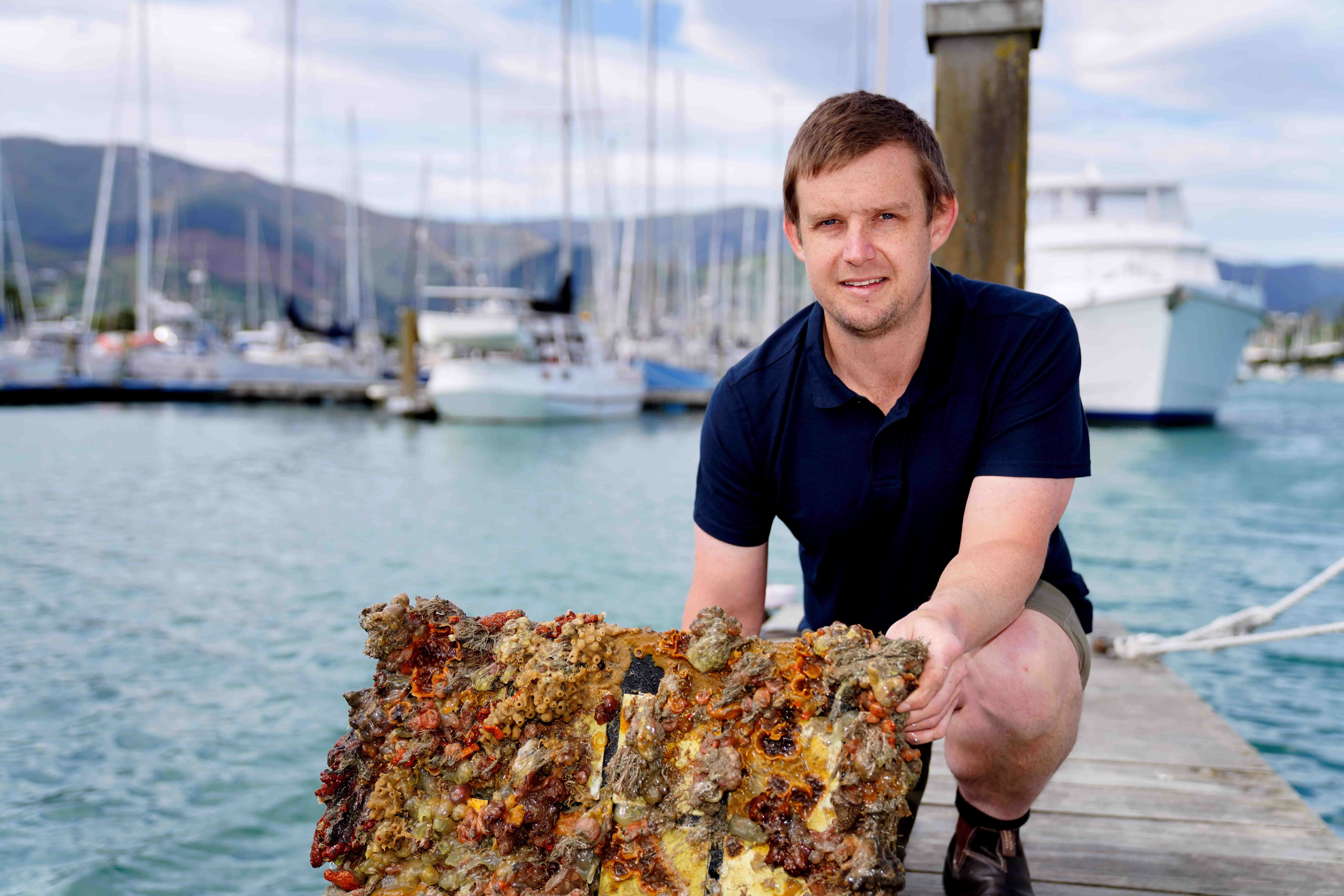
Patrick Cahill has led the Biosecurity team at the Cawthron Institute since 2019. His team are recognised internationally for pioneering contributions to biosecurity surveillance, response, and management in the marine environment.
Patrick provides leadership ‘from the back’, with a strong strategic mind, attention to detail, and brilliant relationship building abilities. Patrick leads by example, continuing to maintain and grow his own research speciality to develop innovative treatment tools for invasive marine pests.
Finalist: Ethan McCormick, Pest Free Howick Ward & Friends of Mangemangeroa
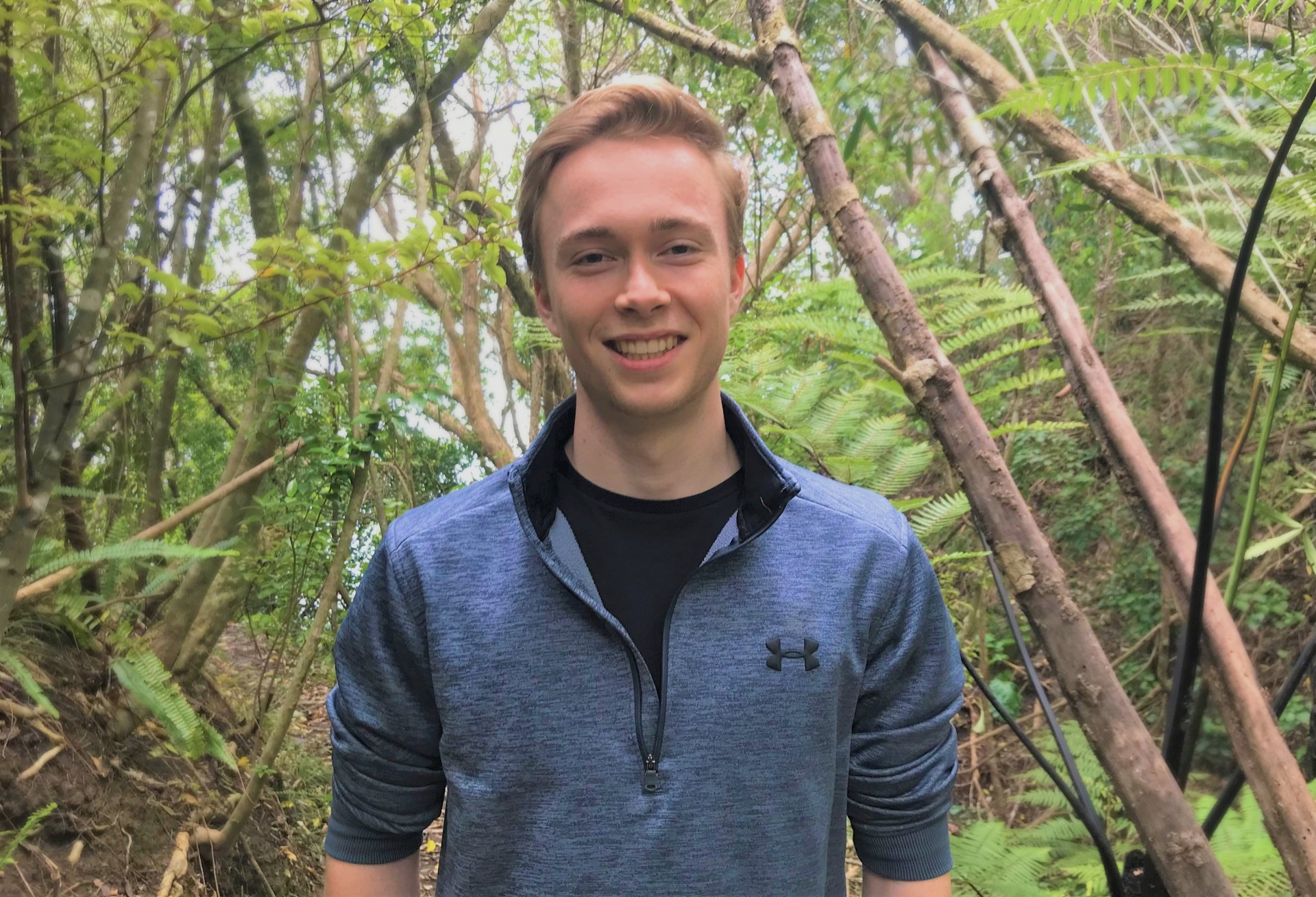
Ethan is a first-year university student, and a central member of the Pest Free Howick Ward Team. At 18 he is the youngest member of the Friends of Mangemangeroa Trust.
He has a strong vision for a thriving New Zealand which is predator free, and he works tirelessly with the community and school students to pass on his passion for protecting his local environment.
Ethan’s input in predator control has created an ethos of ‘this is what we do’ in Howick. His structured and analytical approach has helped him expand his environmental action from high school to improving Mangemangeroa Reserve and Cockle Bay coastal bush.
Finalist: Kate Heaphy, Boffa Miskell Ltd

In her three years at Boffa Miskell, Kate has rapidly become a stand-out member of their national biosecurity team, quickly building an exceptional reputation in the industry (both in New Zealand and Australia).
Kate’s leadership is seen in her success as the project lead for the development of a Biodiversity and Biosecurity Monitoring Framework for Auckland Council; her development of multiple novel Ecological Connectivity Strategies; devising new techniques to control mustelids (like stoats and weasels); through her trialling of AI pest and biodiversity monitoring technology, and innovative long-life lures for pest species.
Her strengths in academia and research combined with excellent communication and engagement skills have propelled her career and qualified her as an emerging biosecurity leader.
